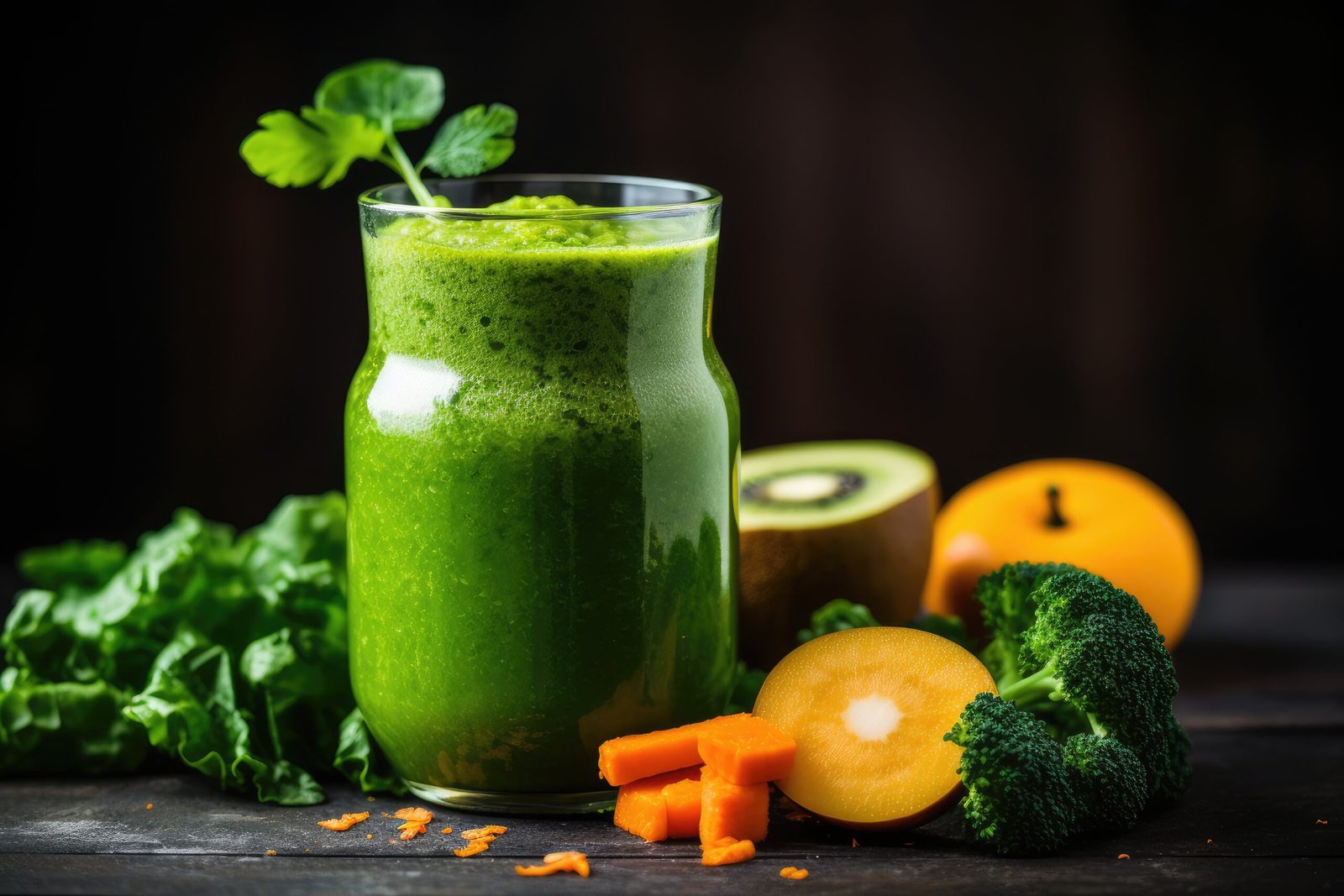10 Simple Habits for a Healthier Lifestyle
Do you ever feel like life is just a little too hectic, and all those health goals you set are slipping through your fingers? Trust me; I’ve been there. Between work, family, and everything else, it can be hard to keep up with healthy habits. But here’s the thing: living a healthier lifestyle doesn’t have to be overwhelming. In fact, it’s all about making small changes that add up over time. Let’s dive into ten simple habits you can incorporate into your daily routine that will set you on the path to a healthier and happier you.

Hydrate
I know it sounds too simple to be true, but drinking a glass of water first thing in the morning is one of the easiest and most impactful habits you can adopt. After hours of sleep, your body is dehydrated and craving replenishment. Reaching for water as soon as you wake up jumpstarts your metabolism and flushes out toxins.
Benefits:
- Boosts metabolism: Drinking water can increase your metabolic rate by up to 30% for the next hour, helping your body burn more calories.
- Improves brain function: Staying hydrated improves concentration and cognitive function, setting a positive tone for your day.
- Supports digestion: Water helps keep your digestive system running smoothly, reducing bloating and discomfort.
Tip: Keep a glass or bottle of water on your nightstand to make this habit effortless.

Prioritize a Balanced Breakfast
We’ve all heard the saying that breakfast is the most important meal of the day, and there’s a lot of truth to it. Starting your day with a nutritious breakfast gives you the energy you need to tackle whatever comes your way.
Benefits:
- Provides energy: A balanced breakfast with a mix of protein, healthy fats, and complex carbohydrates keeps you full and energized.
- Improves mood: Eating a nutritious breakfast can help stabilize blood sugar levels, reducing mood swings and irritability.
- Supports weight management: Eating a filling breakfast can help prevent overeating later in the day.
Tip: Try options like oatmeal with nuts and fruit, a smoothie with greens and protein powder, or whole-grain toast with avocado and eggs.

Move Your Body Daily
You don’t have to spend hours at the gym to get the benefits of exercise. The key is to find activities you enjoy and make movement a daily habit. Whether it’s a brisk walk, yoga, dancing in your living room, or playing a sport, moving your body regularly can work wonders for your health.
Benefits:
- Boosts mood and reduces stress: Exercise releases endorphins, which are natural mood elevators, and helps reduce stress and anxiety.
- Strengthens your heart and muscles: Regular physical activity improves cardiovascular health and builds muscle strength.
- Supports weight management: Consistent movement helps you maintain a healthy weight and prevents weight gain.
Tip: Aim for at least 30 minutes of moderate exercise most days of the week. Even short bursts of activity throughout the day can make a big difference.

Practice Mindful Eating
In our fast-paced world, it’s easy to eat on the go or while distracted, leading to overeating and poor digestion. Practicing mindful eating means paying attention to what and how you eat, savoring each bite, and listening to your body’s hunger cues.
Benefits:
- Improves digestion: Chewing slowly and savoring your food aids in better digestion and nutrient absorption.
- Promotes weight loss: Mindful eating can prevent overeating and help you make healthier food choices.
- Enhances enjoyment: Being present during meals allows you to fully enjoy and appreciate the flavors and textures of your food.
Tip: Try eating without distractions like TV or your phone, and take a few deep breaths before starting your meal.

Get Enough Sleep
We all know the importance of sleep, but how often do we actually prioritize it? Getting enough quality sleep is crucial for overall health and well-being. It’s during sleep that your body repairs itself, your brain processes information, and your energy is restored.
Benefits:
- Enhances cognitive function: A good night’s sleep improves memory, focus, and decision-making.
- Supports emotional well-being: Sleep helps regulate mood and reduces the risk of mental health issues like anxiety and depression.
- Boosts immune function: Adequate sleep strengthens your immune system, making you less susceptible to illness.
Tip: Aim for 7-9 hours of sleep per night and establish a bedtime routine to signal to your body that it’s time to wind down.

Limit Processed Foods and Sugars
While it’s okay to enjoy treats i moderation, a diet high in processed foods and added sugars can negatively impact your health. These foods are often high in empty calories, unhealthy fats, and additives that contribute to weight gain and various health issues.
Benefits:
- Improves energy levels: Reducing processed foods helps stabilize blood sugar levels and prevents energy crashes.
- Supports weight management: Eating whole, unprocessed foods aids in weight loss and maintenance.
- Reduces inflammation: A diet rich in whole foods can decrease inflammation and lower the risk of chronic diseases.
Tip: Focus on whole, nutrient-dense foods like fruits, vegetables, lean proteins, whole grains, and healthy fats.

Cultivate a Gratitude Practice
Taking time each day to reflect on what you’re grateful for can have a profound impact on your mental and emotional well-being. Gratitude shifts your focus from what’s lacking to what you have, fostering a more positive outlook on life.
Benefits:
- Enhances mood: Regularly practicing gratitude increases feelings of happiness and reduces symptoms of depression.
- Improves relationships: Expressing gratitude strengthens connections with others and fosters a sense of community.
- Reduces stress: Focusing on the positive aspects of life helps reduce stress and anxiety.
Tip: Keep a gratitude journal and write down three things you’re grateful for each day. You can also share your gratitude with others through verbal expressions or thank-you notes.

Spend Time in Nature
There’s something inherently calming and rejuvenating about spending time in nature. Whether it’s a walk in the park, a hike in the mountains, or simply sitting outside, connecting with nature can improve your mental and physical health.
Benefits:
- Reduces stress and anxiety: Being in nature lowers cortisol levels and promotes relaxation.
- Improves mood: Natural surroundings boost mood and increase feelings of well-being.
- Enhances creativity and focus: Time outdoors can improve concentration and spark creativity.
Tip: Make it a point to spend at least a few minutes in nature each day, whether it’s during your lunch break or a weekend adventure.

Set Realistic Goals and Track Progress
Setting realistic health goals and tracking your progress can help you stay motivated and accountable. Whether your goals are related to fitness, nutrition, or mental well-being, breaking them down into manageable steps makes them more achievable.
Benefits:
- Increases motivation: Setting specific goals gives you something to work towards and keeps you focused.
- Builds confidence: Achieving small milestones boosts self-esteem and confidence.
- Encourages self-reflection: Tracking progress allows you to reflect on your journey and make necessary adjustments.
Tip: Use a journal or an app to set goals, track your progress, and celebrate your achievements along the way.

Practice Self-Care
Taking care of yourself is essential for maintaining a healthy lifestyle. Self-care involves prioritizing your physical, mental, and emotional needs, whether through exercise, relaxation, hobbies, or spending time with loved ones.
Benefits:
- Reduces burnout: Regular self-care prevents burnout and increases resilience.
- Improves mental health: Taking time for yourself reduces stress and anxiety, promoting a sense of balance and well-being.
- Enhances relationships: When you take care of yourself, you’re better able to care for others and nurture your relationships.
Tip: Schedule regular self-care activities into your routine, whether it’s a weekly yoga class, a relaxing bath, or a day spent doing something you love.

Adopting a healthier lifestyle doesn’t have to be complicated or overwhelming. By incorporating these ten simple habits into your daily routine, you can improve your physical, mental, and emotional well-being. Remember, it’s about progress, not perfection. So take it one step at a time, and celebrate each positive change you make. Here’s to a healthier and happier you!



















0 Comments